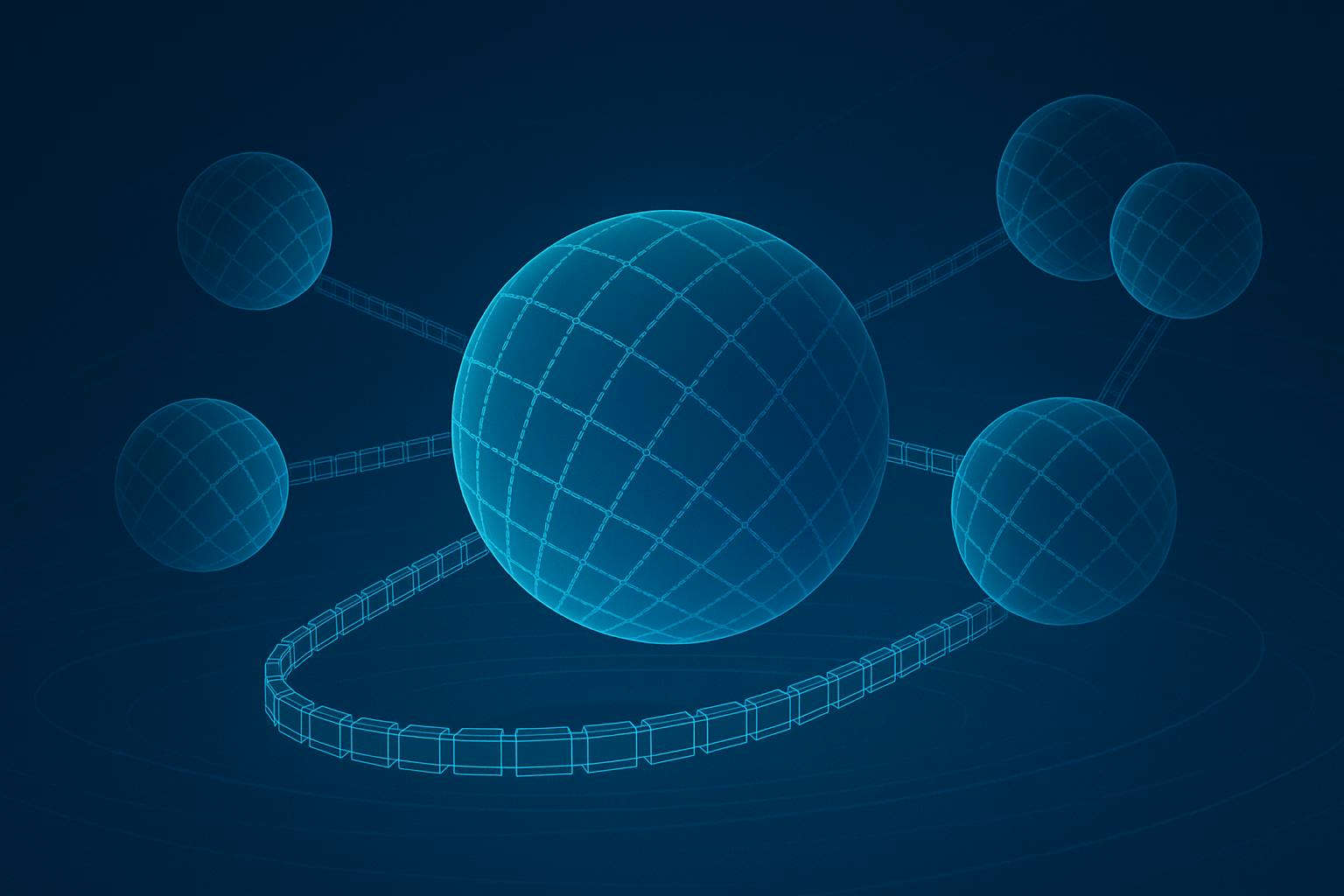Unlocking Web 3.0: Future Trends and Insights on Web3.P.I Revolution

Positive Trends in Web 3.0 and Web3: Predictions from 2015 to 2025
The Evolution of Interoperability in Blockchain
Embracing the Omnichain Paradigm
The journey through blockchain technology has seen us transition from multichain systems to crosschain solutions, ultimately leading us to the omnichain model. This new paradigm can be likened to a multiverse, where various chains coexist and interact seamlessly. Projects like ZRO and Agg are expected to enhance this interconnectedness, akin to how electricity is universally accessible today.
- The Evolution of Interoperability in Blockchain
- Embracing the Omnichain Paradigm
- The Rise of Tokenization
- Expanding the Concept of NFT
- Bridging Online and Offline Worlds
- The Shift from Digital to Physical
- The Importance of Zero-Knowledge Proofs
- Ensuring Decentralization, Anonymity, and Openness
- The Future of Decentralized Social Networks
- Building Community-Driven Platforms
- The Growth of Decentralized Finance (DeFi)
- Integrating Real-World Assets into DeFi
- The Emergence of Indexes and Structured Products
- A New Era for Financial Instruments
- The Significance of Private DeFi
- Navigating a Global Financial Landscape
- The Role of Tempography in Blockchain Security
- Enhancing Network Integrity
- The Future of Action in Web 3.0
- A Hopeful Outlook for Innovation
The Rise of Tokenization
Expanding the Concept of NFT
Tokenization has gained significant traction, particularly with the emergence of Real-World Assets (RWA). This evolution has taken over a decade, and its potential is vast. Almost anything can be transformed into a non-fungible token (NFT), from personal identities to physical possessions. The concept of NFT 2.0 is still in its infancy, but innovations like LP position NFTs and soulbound tokens (SBTs) are paving the way for new functionalities.
Bridging Online and Offline Worlds
The Shift from Digital to Physical
The concept of tokenization signifies a movement from the physical realm to the digital space, while advancements like ChatGPT-driven robotics represent the reverse journey. Recent breakthroughs from companies like Neuralink highlight the potential for merging consciousness with technology, which is intricately linked to developments in artificial intelligence and quantum computing.
The Importance of Zero-Knowledge Proofs
Ensuring Decentralization, Anonymity, and Openness
For the continued evolution of decentralized systems, implementing Zero-Knowledge Proofs (ZKPs) at foundational levels is essential. This includes everything from consensus mechanisms to Layer 2 batch transactions. Without ZKPs, the integrity of these systems could be compromised.
The Future of Decentralized Social Networks
Building Community-Driven Platforms
Decentralized social networks have significant growth potential, especially when integrating interoperability, tokenization, and privacy measures. Successful models should prioritize community engagement over mere transactional interactions, contrasting with past attempts like Steem. Protocols like Lens may offer a more sustainable approach for long-term success.
The Growth of Decentralized Finance (DeFi)
Integrating Real-World Assets into DeFi
Having been deeply involved in DeFi for eight years, the sector is now evolving to incorporate RWAs and regenerative finance (ReFi). This integration allows miners to hedge their Bitcoin, traders to adopt delta-neutral strategies, and liquidity providers to mitigate impermanent loss, indicating a maturation of the market.
The Emergence of Indexes and Structured Products
A New Era for Financial Instruments
The trend toward indexes and complex financial products is gaining momentum, as predicted five years ago. Innovations such as pre-markets and derivative vaults for Bitcoin are just the beginning. Indexes, in particular, hold promise for driving mass adoption in the financial landscape.
The Significance of Private DeFi
Navigating a Global Financial Landscape
The distinction of blockchain and Directed Acyclic Graph (DAG) systems from traditional fiat economies is critical, especially in light of sanctions and central bank interventions. The global nature of Web 3.0 and Web3 emphasizes the need for private DeFi solutions, anonymous cryptocurrencies, and privacy protocols, as highlighted by cases like Tornado Cash.
The Role of Tempography in Blockchain Security
Enhancing Network Integrity
Tempography is poised to play a crucial role in securing Layer 1 networks and facilitating the development of MEV bots and protective smart wallets. Its importance is expected to grow significantly over the next five to ten years.
The Future of Action in Web 3.0
A Hopeful Outlook for Innovation
With optimism, I look forward to not only formalizing these predictions but also capitalizing on them. The Web 3.0 and Web3 landscape represents an economy driven by action, rather than just top-down marketing narratives.




![Is [Exchange Name] a Safe and Legit Crypto Exchange? Expert Review Inside!](https://cryptozov.com/wp-content/uploads/2025/06/Is-Exchange-Name-a-Safe-and-Legit-Crypto-Exchange-Expert-300x169.jpg)


